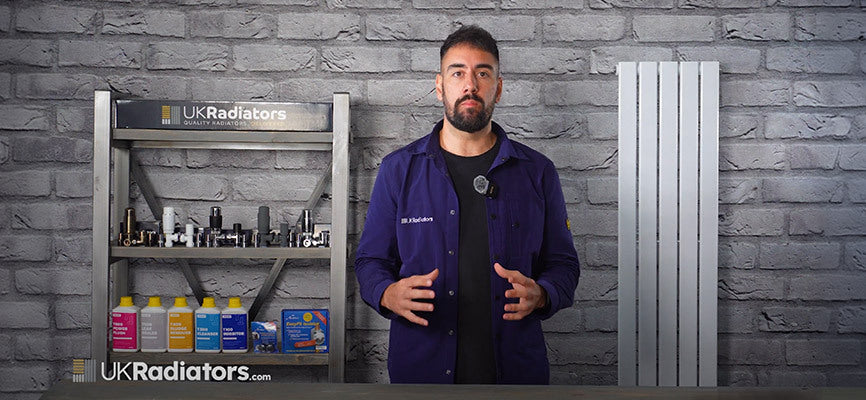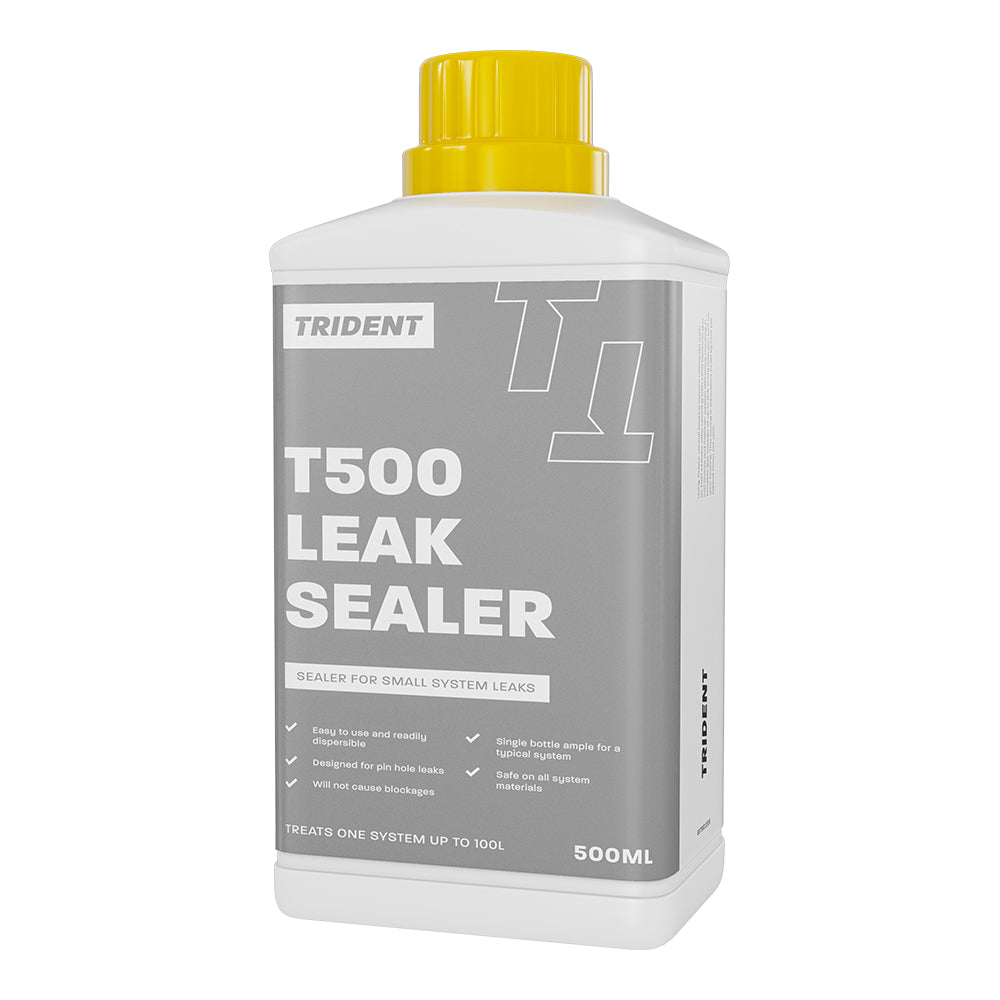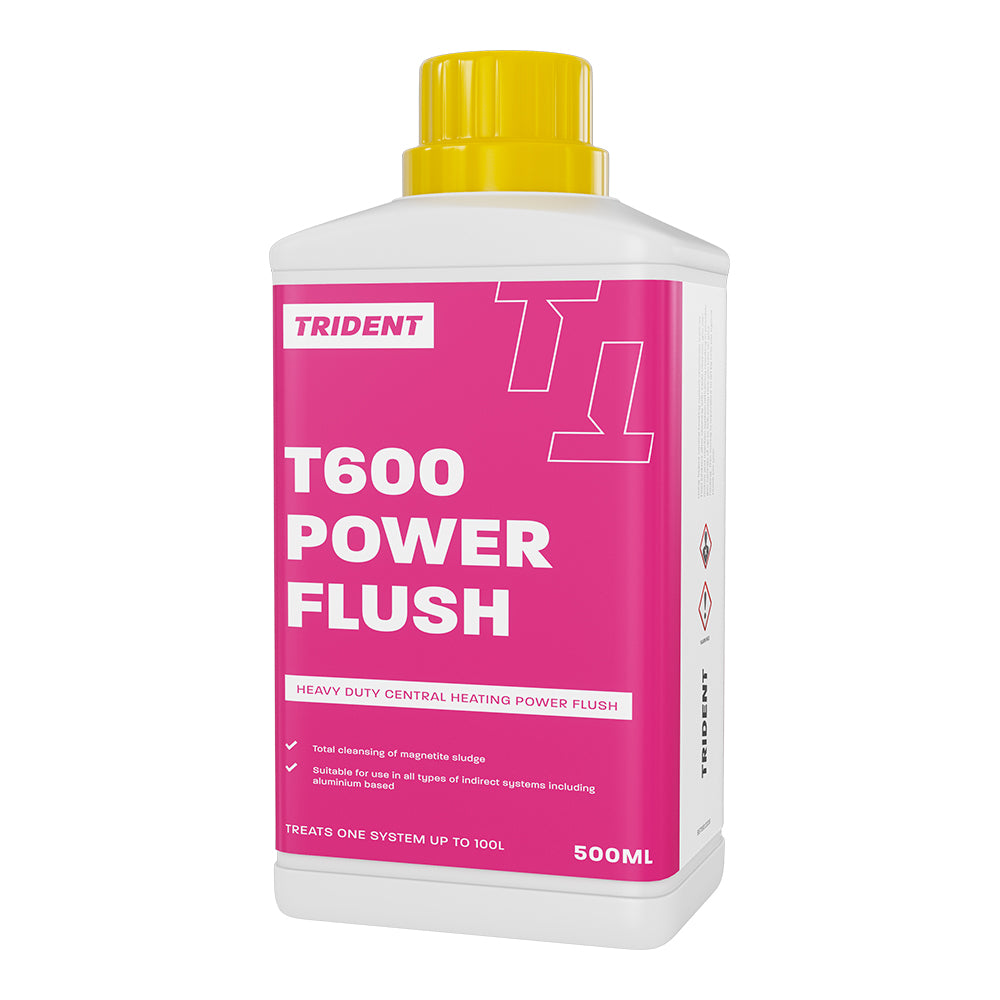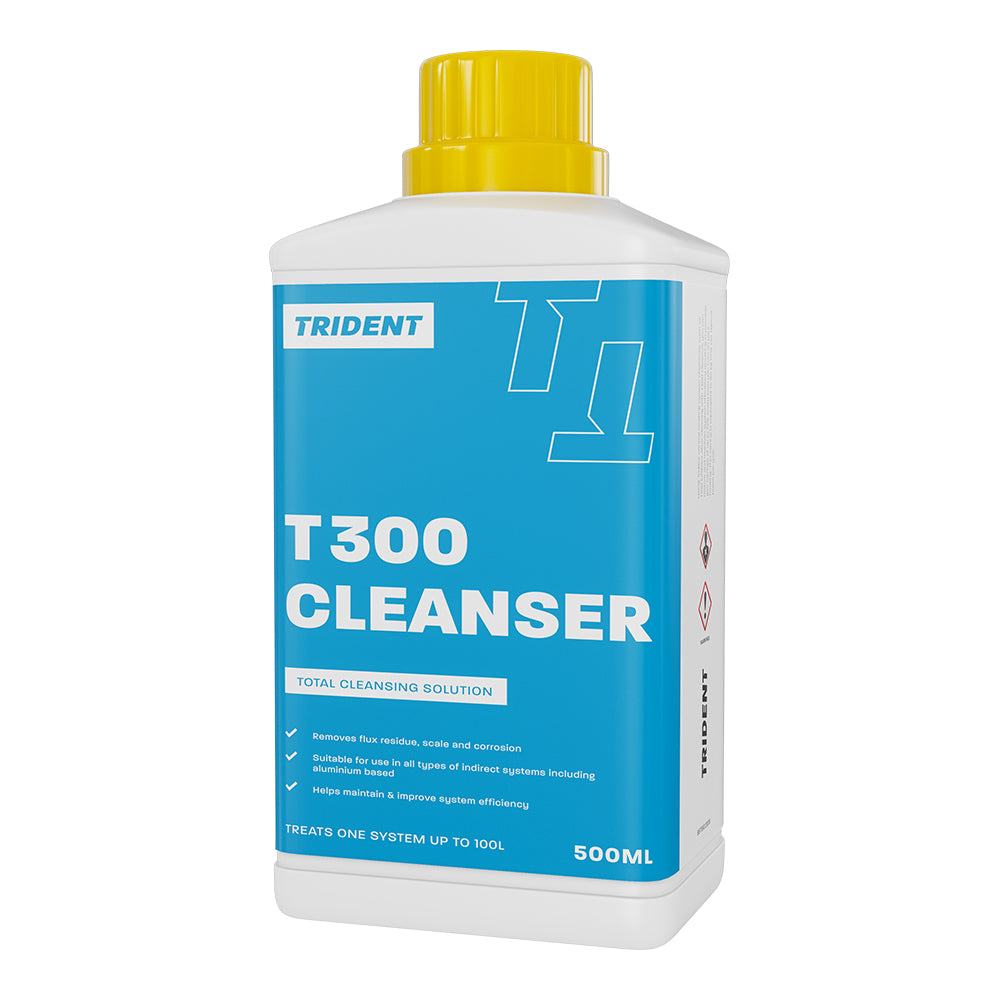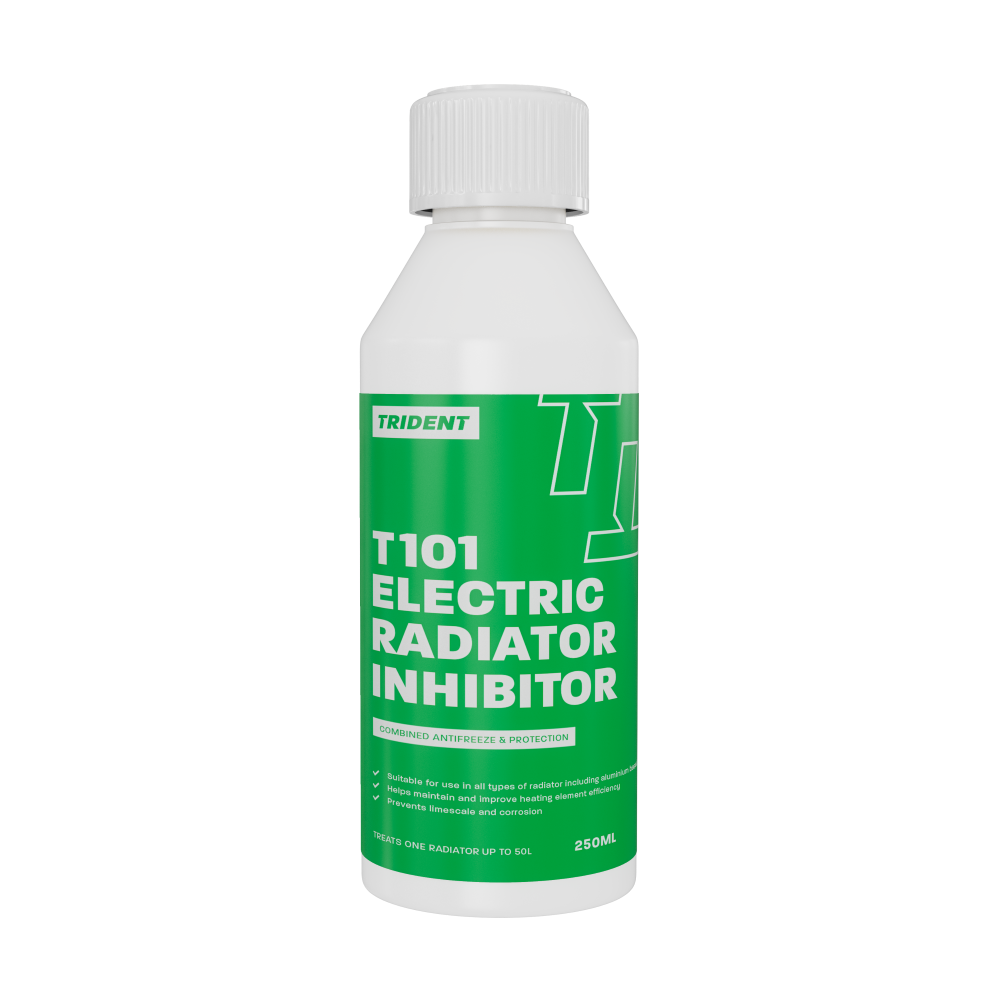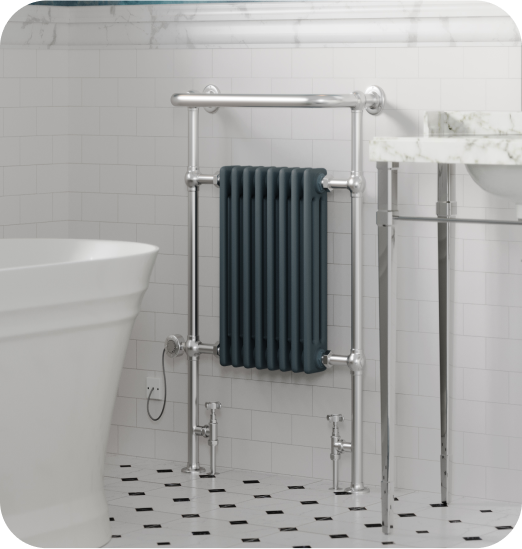If you’re looking to install radiators in a space where health and safety are serious concerns, you need to make sure your radiators fit these safety standards. Enter low surface temperature radiators. These radiators don’t heat up past 43℃ on their surface and remain safe to touch to help prevent scalds, burns and meet the requirements set out by HSE in “
Managing the risks from hot water and surfaces in health and social care”. Read on to learn more about these radiators.
What are low surface temperature radiators?
Low surface temperature radiators (also known as LSTs) are a type of radiator that remain cool to the touch on their surface while still heating the room they’re in. A typical steel radiator can reach up to 80℃ on its surface, with the standard radiator warning being 120℃ within compliance, which is enough to cause partial to severe burns on anyone who touches it for more than a few seconds. This is because the hot water flowing in the radiator is in direct contact with the metal and if you have children or other vulnerable people in the space with the radiator, this can be cause for worry. The emitter and pipework in an LST radiator are decoupled from the casing, so no part of the surface exceeds 43℃ and stays cool to the touch. Because of this, even if the thermostat fails, an LST will continue to meet safety standards for healthcare and education environments, protecting children, the elderly, and other vulnerable people from getting scalded or burnt.
The benefits of installing low surface temperature radiators
Because the surface temperature of these radiators is so low, it means they’re great for use in spaces where health and safety might be a concern such as schools, nursuries, offices, or hospitals. Our range meets the NHS guidance of “safe hot water and surface temperature” and all radiators are finished with anti-bacterial paint as standard.
The types of low surface temperature radiator
Here at UK Radiators, we sell two different types of LST Radiators, Type 11 (also known as K1) and Type 22 (known as K2). There are a couple of differences between the two types of radiators so let’s take a closer look to help you choose between them.
Type 11 Radiators
The first type of LST we sell is the Type 11.
Type 11 LST radiators combine a single front heating panel with one set of convector fins, giving them a slimline profile and making them the ideal choice when you need to heat a small space quickly and efficiently. The K1 LST is also a little kinder to your wallet.

Type 22 Radiators
Simple and quick to install,
Type 22 radiators feature twin heating panels that sandwich two sets of convector fins. They’re designed for high heat outputs in even the largest spaces to keep you comfortable and warm no matter where it’s installed. The sleek, low maintenance outer casing is held in place with security fittings so no accidents can occur. They conform to BS EN 442 standards and are guaranteed to perform at pressure up to 8 bar.

We hope this overview has helped you understand the different types of low surface radiators a little better. If you’re looking how to work out what size you need, make sure you use our
BTU calculator to find the best fit for your space.





